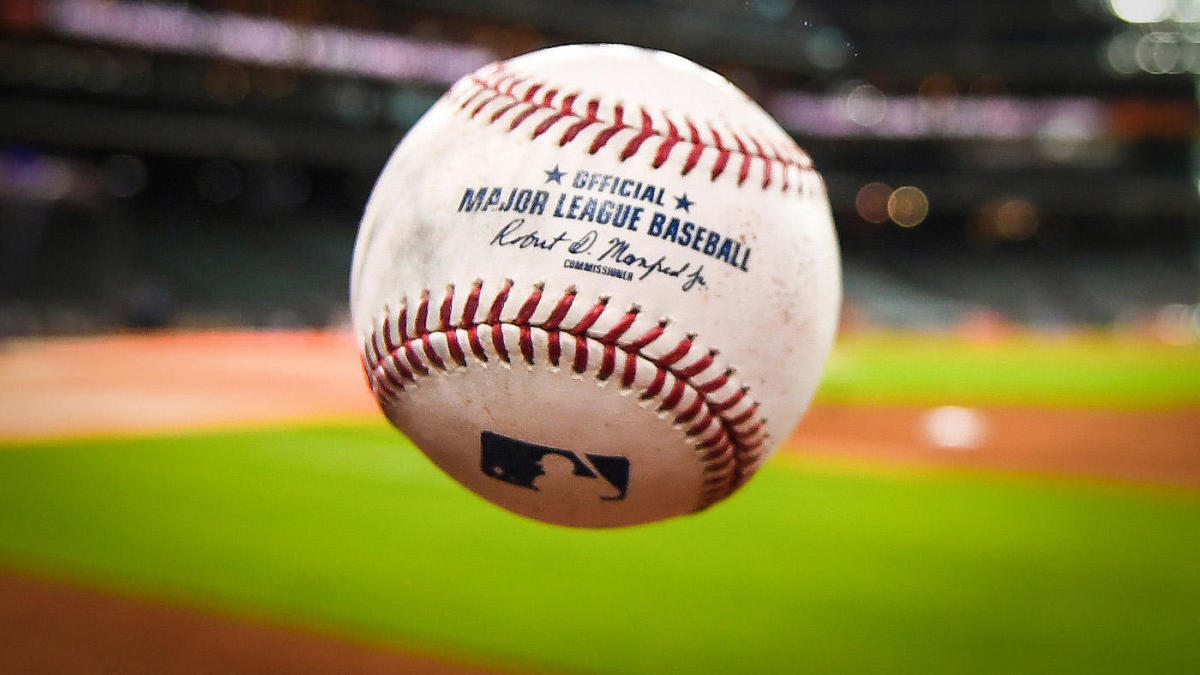Within any industry, there will always be a few speed bumps along the years as businesses find their path, adapt to new societal norms, and create an economic identity. However, these speed bumps turned into roadblocks for many in 2020. As a worldwide pandemic spread across our country, Americans were forced to face a new opponent they had never encountered before, Coronavirus 19. This virus came with much uncertainty, an uncertainty that even scientists and health experts were experiencing. In response to the virus being an easily transmitted disease, numerous industries took initiative to prevent the spread, cancelling all events with mass attendance, including the original Major League Baseball Season.
In the past 50 years, Major League Baseball has been impacted by many major events within the industry, including ‘The Steroid Era’, stealing sign scandals, cheating in the World Series, and many gambling scandals. In response, MLB has been quick to resolve these issues and come up with solutions that satisfy the league rules, players, coaches, and fans. However, none of these events could prepare them for the curveball headed their way. As players, teams, and coaches were preparing to leave for spring training, the MLB was faced with a tough decision of either cancelling or postponing the 2020 season. With a season planned to have 162 games in 30 fan packed stadiums, continuing with this plan was not an option. However, neither was canceling the season entirely.
As more and more information regarding the Coronavirus was released, the MLB and the MLB Players Association were tasked in creating a solution that would satisfy the needs of the players while placing the importance on their health and safety. With many players deciding to sit the season out altogether for the safety of themselves and their families, the MLB knew they had to respond quickly. Creating a new plan did not come easy, as the first proposition of playing inside of a protective bubble at spring training was rejected by the Players Association. The second proposal had better luck, as the new season with new regulations started July 26th. This plan came with many changes, such as a shortened season, a universal DH, new leagues, new rules regarding extra innings, and many new rules and regulations in accordance with the MLB’s new 101-page health and safety protocol; Including one that allows an umpire to suspend a coach or player who comes within six feet of him to argue a call.
The most prominent change of all wasn’t within the game itself, but it’s spectators. As health experts fought to prevent the spread of Coronavirus, the Major League Baseball Association was forced to make the decision to restrict all fans from entering stadiums and attending games. As the baseball game experience is largely about the fan interactions and responses to the game, this was a large adjustment, as players are now playing in front of empty seats and cardboard cutouts. In response to these empty stadiums, many teams use fake fan noises to celebrate the players, as well as continuing to have the announcers commentate the game in ballparks.
Although this season is not what was expected, Major League Baseball has hit this curveball out of the park, attacking it early and head-on. With the new rules and regulations, baseball is currently underway, taking all precautions and being extremely careful in order to keep this season going. As our nation is at a gridlock on how to reopen, the success of the new Major League Baseball provides hope for our ‘normal’ life to return; A hope that we will one day be able to sit in the ballpark and cheer on our favorite teams once again.
For more Major League Baseball coverage click here.



















